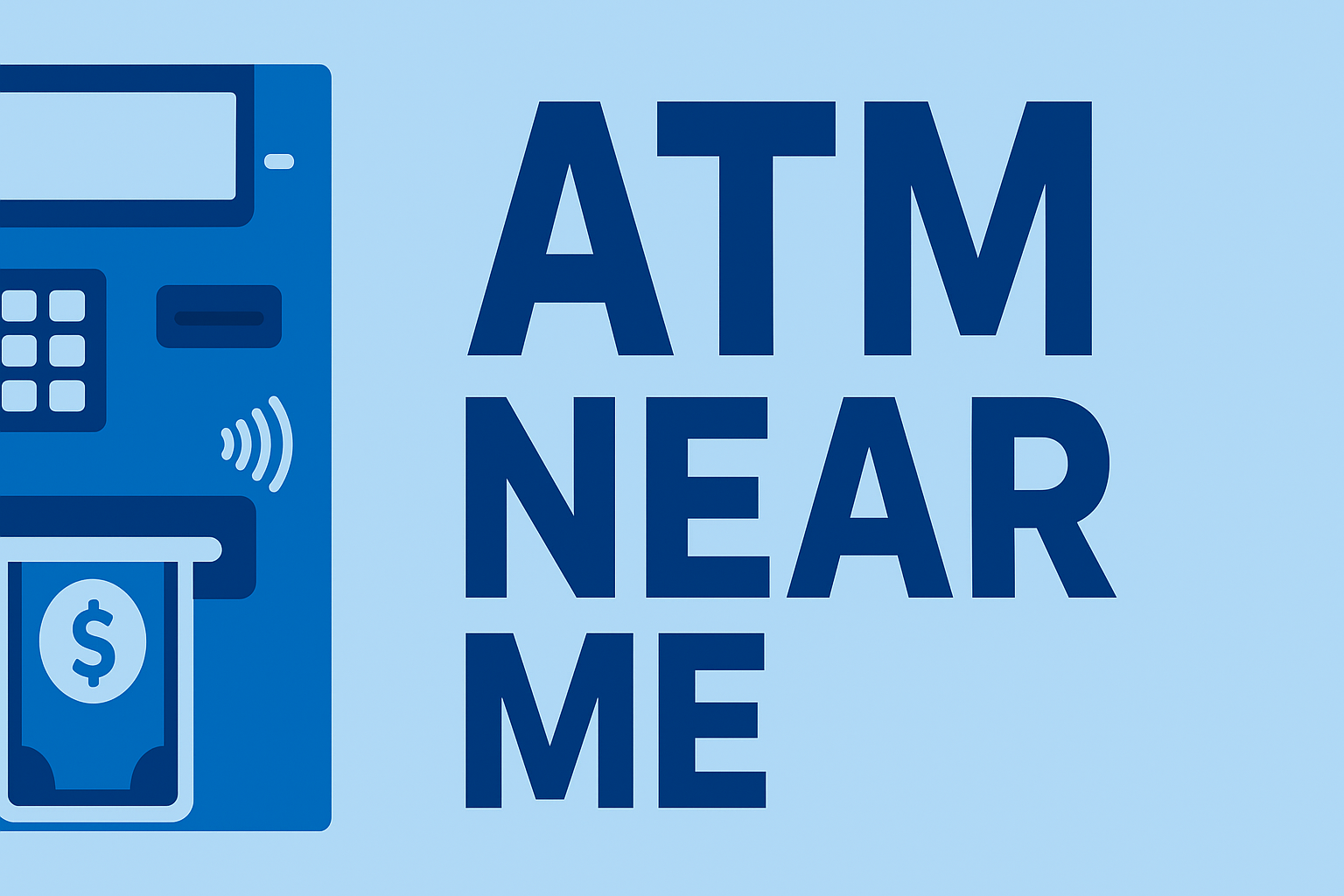Not all ATMs dispense $50 or $100 bills—and the decision has nothing to do with location randomness. Banks configure denominations based on cassette setup, withdrawal limits, fraud prevention policies, and cash handling logistics. To see how ATM components work together behind the scenes, visit How ATMs Work.
This guide explains why some ATMs offer larger bills, how denominations are assigned inside the machine, and how banks decide which locations support $50 and $100 cash withdrawals.
How ATM Denominations Are Determined
Every ATM contains 2–4 cash cassettes, and each cassette holds one bill type. A typical configuration may include:
- $20 bills (most common)
- $50 bills (select locations)
- $100 bills (high-security or branch ATMs)
- $5 or $10 bills (rare, usually retail ATMs)
Banks choose denominations based on expected withdrawal volume, customer demographics, and security considerations.
Why Some ATMs Don’t Dispense $50s or $100s
Most ATMs do not offer large bills because they are:
- Harder to verify quickly
- More attractive to thieves
- Less frequently needed by the average customer
- More expensive to replace when stolen or damaged
- More likely to trigger counterfeit detection errors
Banks usually reserve $50–$100 denomination dispensing for branch locations or ATMs with strong surveillance coverage.
How ATMs Decide Which Bills to Dispense for Your Withdrawal
When you request cash, the ATM uses an internal “denomination mix algorithm” to decide which bills to distribute. The machine considers:
- Which cassettes have cash remaining
- How many bills equal your withdrawal amount
- Whether mixing denominations reduces bill count
- Bank-level rules (e.g., cash conservation limits)
For example, a $300 withdrawal from an ATM with $100 bills may dispense 3× $100 bills, while a standard machine would dispense 15× $20s.
Where You’re Most Likely to Find ATMs That Dispense $100 Bills
Although availability varies, ATMs that offer $50 or $100 bills are typically found at:
- Major bank branches (Chase, Wells Fargo, Bank of America)
- Business districts with large cash handling needs
- International airports
- High-income neighborhoods
- Main downtown locations
Independent retail ATMs almost never offer $50s or $100s because they rely on cheaper, easier-to-track $20 bills.
How Cash Dispensers Handle Large Bills
Large bills go through the same process as lower denominations but demand more accurate scanning and validation. To understand this system, see How ATM Cash Dispensers Work.
- Bill thickness sensors detect doubles
- Optical sensors confirm denomination
- Magnetic ink detectors verify authenticity
- Reject bins collect questionable notes
Machines that dispense $100s typically receive more frequent cleaning and technician visits to reduce misreads.
Withdrawal Limits and Large Bill Availability
ATMs that dispense larger bills often allow higher withdrawal limits because fewer bills must be moved through the dispenser.
For a full guide to limits, see:
Daily ATM Withdrawal Limits
Final Thoughts
ATMs that dispense $50 and $100 bills rely on special cassette configurations, stronger verification systems, and higher security standards. While not available everywhere, these machines offer faster, cleaner withdrawals for customers who need larger amounts of cash.
